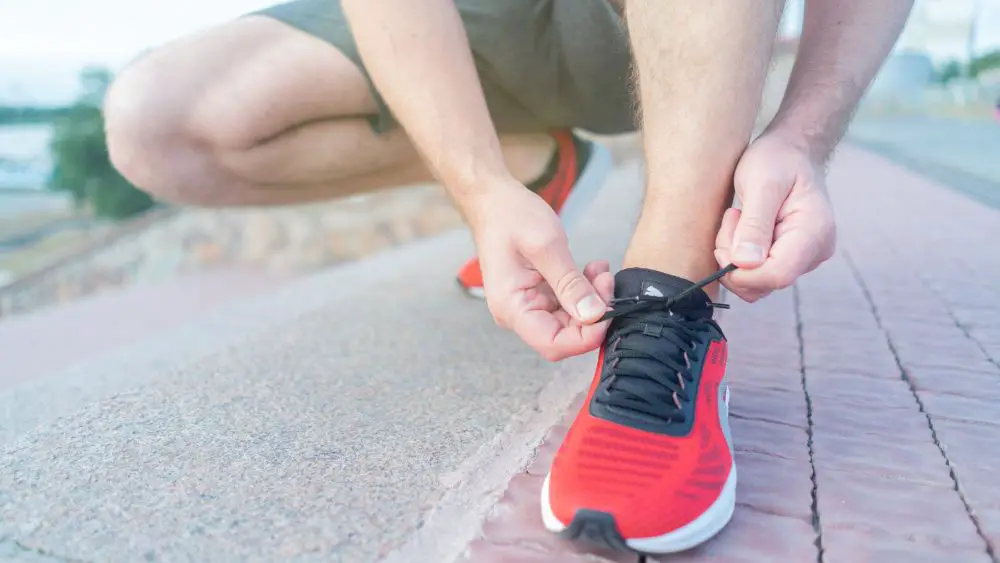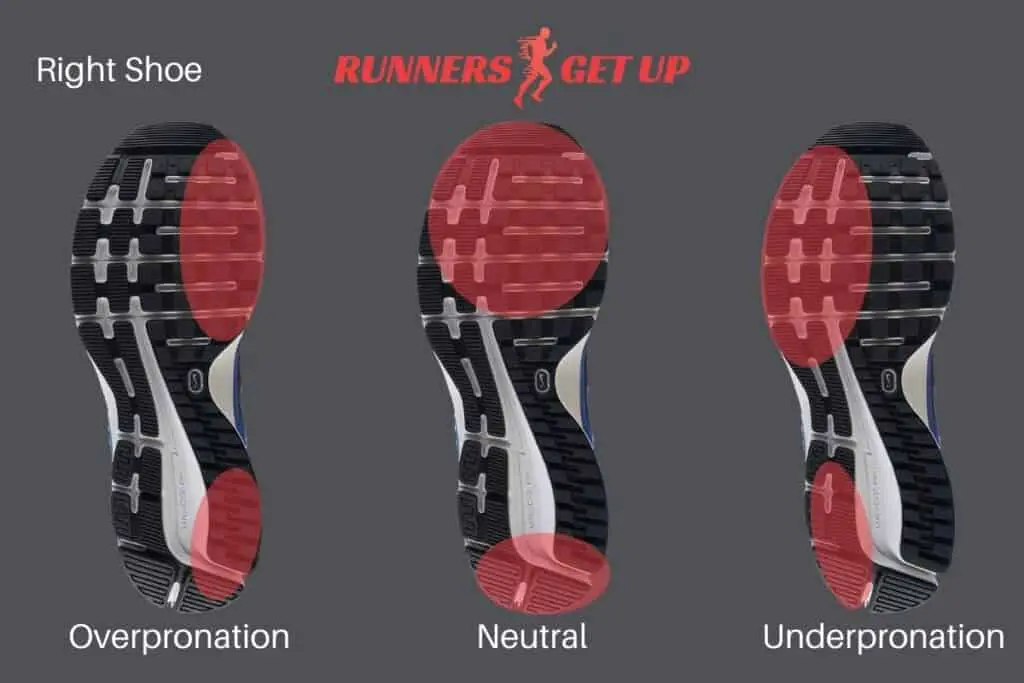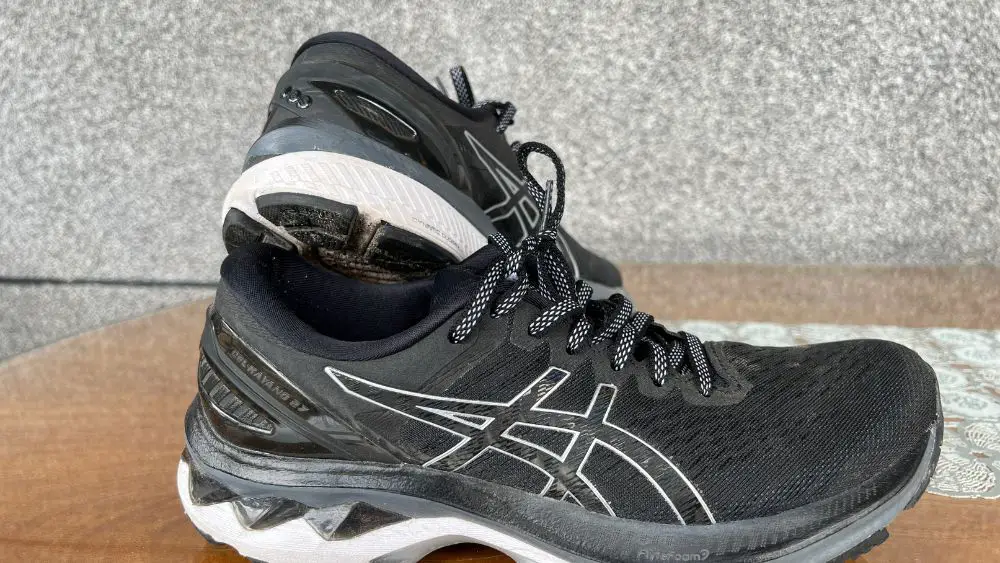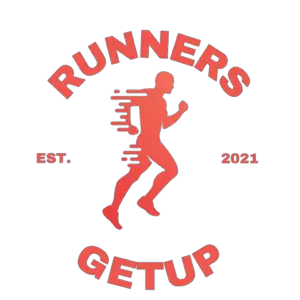This post contains affiliate links.
Your running shoes are your “sole” ally during training and competition. Hence, it is an essential skill for any marathoner to know how to choose running shoes that fit them. One way or another, your shoes will affect the outcome of your hard work and effort. This gear carries your whole body weight and will carry you towards the finish line.
Body awareness is crucial in choosing running shoes for a marathon. You must be conscious of your skill level, preferred support, desired comfort, running history, and goal. These things will surely help you find shoes that will push you to your limits.
Ahead, we’ll talk about the different types of running shoes, the kind of running shoes you need for marathon, and a more detailed dive into choosing your marathon shoe.

The Different Types of Running shoes
There are tons of running shoes in the market. Dividing them into different types will help you get a general idea of them. In this article, we categorize the different types of running shoes based on running experience and support type.
Running Experience
Cushioned
Cushioned shoes are tailored toward maximum comfort and convenience. They are built to provide a soft platform making the 26.2 miles easy on the body.
But it has a downside. Because of the soft sole, the response of your shoe to your stride will be reduced. The soft sole not only absorbs the impact of the ground but also reduces the overall force you exerted to propel yourself.
Hence, the key to finding the right cushioned shoes for marathons is finding the right balance between comfort and responsiveness.
A good example of a well-cushioned shoe that still has a decent amount of responsiveness is the Brooks Glycerin 20 (link to Amazon).
Due to the nature of its build, cushioned shoes are often perfect for new marathoners. Since they’re not used to the stress that a marathon has on their body, they will be more comfortable running with a shoe that absorbs impact to help them go through 26.2 miles of running on pavement.
Energized
Energized shoes are those that are not too bouncy but not too firm as well. The focus is on responsiveness, hence, they are springy.
With energized shoes, the extra energy used to step will lift your stride back up, meaning that your running efficiency is increased. Some energized shoes even have some sort of plate to increase energy return.
Also, since less cushion is employed, they are often lighter than their beginner-friendly counterparts. Energized shoes are perfect for runners who want to conserve energy during the run. One of the best examples of this type of shoe is the Saucony Endorphin Speed (link to Amazon).
Firm
Firm running shoes are usually lightweight and more responsive. This is because they are lower-stacked and designed for midsole toughness.
When using firm running shoes, your contact with the ground is shortened, and this allows for faster running.
Firm running shoes allow for lesser midsole compression. Your feet will be quicker on your steps, but proper technique and training are required.
Thus, firm shoes are better for those who already have correct running form and now want to focus on speed. Take note that these shoes absorb shock less. Hence, you may feel a little beat up at the end of the marathon if you aren’t used to them.
Support Type
Support for running shoes is related to how your feet arches: neutral, low, or high. A neutral arch means that your foot pronates to a healthy or natural spot. This is characterized by even wear and tear on the shoes.
On the other hand, people with a low arch or flat arch overpronate or roll inward. If the inner part of your soles experiences more wear than other parts, then you might belong in this group.
Lastly, those that have high arch underpronate or roll only a bit during contact. These are characterized by the premature wearing and tearing of the outer part of your soles.

Neutral Shoes
Neutral shoes are tailored for runners who have a natural arch. They offer fewer features in terms of support compared to those that are made to counter pronation issues.
Similarly, they have various degrees of cushioning depending on how comfy or connected you might need them to be. Most shoes that we’ve discussed above belong in this category.
Stability Shoes
These are shoes that are designed for low-arch individuals who tend to mildly overpronate. They employ guide rails or any type of support on the medial side of the foot so that pronation is reduced for a more stable run. A few examples of this type of shoe are the ASICS Gel-Kayano and, my personal favorite, Brooks Adrenaline.

Motion Control Shoes
Motion control shoes are built for people who heavily overpronate. Since this is not a common case, one might need to purchase them from advanced running shoe shops.
These have stiff materials such as plastic and fiber as support. Furthermore, the arch is provided by an extra part in the midsole. The firmness and rigidity of the shoe aid in lessening heel motion and preventing it from rolling inward.
Before your next purchase, make sure to check your running gait to find out what type of shoe to buy based on the support type.
If you’re still wondering about the difference between neutral and stability running shoes, I made another article that explains it in much more detail. I highly recommend you check it out.
What Kind of Shoes do I Need for a Marathon?
The kind of shoes that you need highly depend on the goal that you set for yourself and your personal preference.
For a beginner who is just trying to get the hang out of their first competition, your goal should be to finish the race without injury while enjoying it. Thus, cushioned shoes are recommended to get you through the finish line as comfy as possible.
Energized shoes are also a great option if you want to conserve energy during the race.
On the other hand, elite marathon runners who focus more on speed and lessening run time can opt for more responsive and lighter shoes. These bring out the best in athletes’ performance since they will be more connected to the ground. Not only that but transition time in each stride is lessened.
You can also base your chosen shoe on the arch that you have. This will also help correct your running form and improve the convenience that you might not get from a regular shoe.
How Do I Choose a Marathon Shoe?
- Perfect Fit. Shoes of different brands have different sizes and fit. Thus, it will not be enough to just rely on the manufactured numbers. It is always better to try the shoes on before deciding to purchase. A good idea to follow is that your longest toe must be at least half an inch or a thumbs size away from the tip of the shoe.
- Based on Your Weight Distribution. Heavier individuals might feel that their shoes wear or tear easily. Your gait could also be a factor in this. Thus, get a shoe that will be easier on your feet to avoid injury and quick shoe deterioration.
- Running History. Do you have an old shoe that you are comfortable with? If so, you can consider just getting a newer version of the same shoe.
- Asking the Staff. Requesting assistance from the staff is not a bad idea. This is especially true if you have problems with pronation. They should be able to ask you about your health conditions, as well as your preferences in getting running shoes.
- Avoid Buying for Beauty. It might be tempting to get the color that you want for the shoes, but comfort should take priority. Remember that it’s a marathon, not a fashion show you are preparing for! Always focus on the features that will help you finish the race.
- Find the Most Comfortable. Last but definitely not least, choose the marathon shoe you’re most comfortable with. Having a lightweight or fast shoe don’t really matter that much if you aren’t comfortable with them. Test out different running shoes and find out which one feels right.
Many runners also ask whether or not they should use new running shoes on race day.
If you have the same question on your mind, I highly recommend you this article that I made. I provided an explanation as to why you shouldn’t wear new shoes on race day and how many weeks should you test a new marathon shoe before using it.
What are the Most Popular Marathon Shoes?
Many of us assume that the most popular marathon shoes are those worn by the best of the best such as the Nike Aplphafly worn by Eliud Kipchoge in his sensational 1:59:40 Tokyo Olympics finish.
And although Nike Alphafly NEXT% is indeed a popular shoe, most people have different preferences, and so, wear different shoes in marathons.
I went through forums and asked runners what shoes they wear when they run a marathon. I also went ahead and read other threads with the same question and here’s what I found.
Saucony Kinvara, Brooks Ghost, and Nike Vaporfly NEXT% models are the most common choices amongst average marathon runners. ASICS Gel Kayano and Brooks Adrenaline are common stability shoe choices.
Final Thoughts
Choosing the best marathon shoes always depends on your preferences. These can come in the form of your skill level, running history, arch type, and even desired comfort or speed during the run.
It is a good thing to ask others about what they think but in the end, these tips will only serve as a guide towards choosing the running shoes that’s best for you.
Whichever shoes you choose, it must benefit you in the long run (pun intended). You must feel good wearing it on the road as it carries you to the finish line. Enjoy your new shoes and remember to stay safe from injuries!

